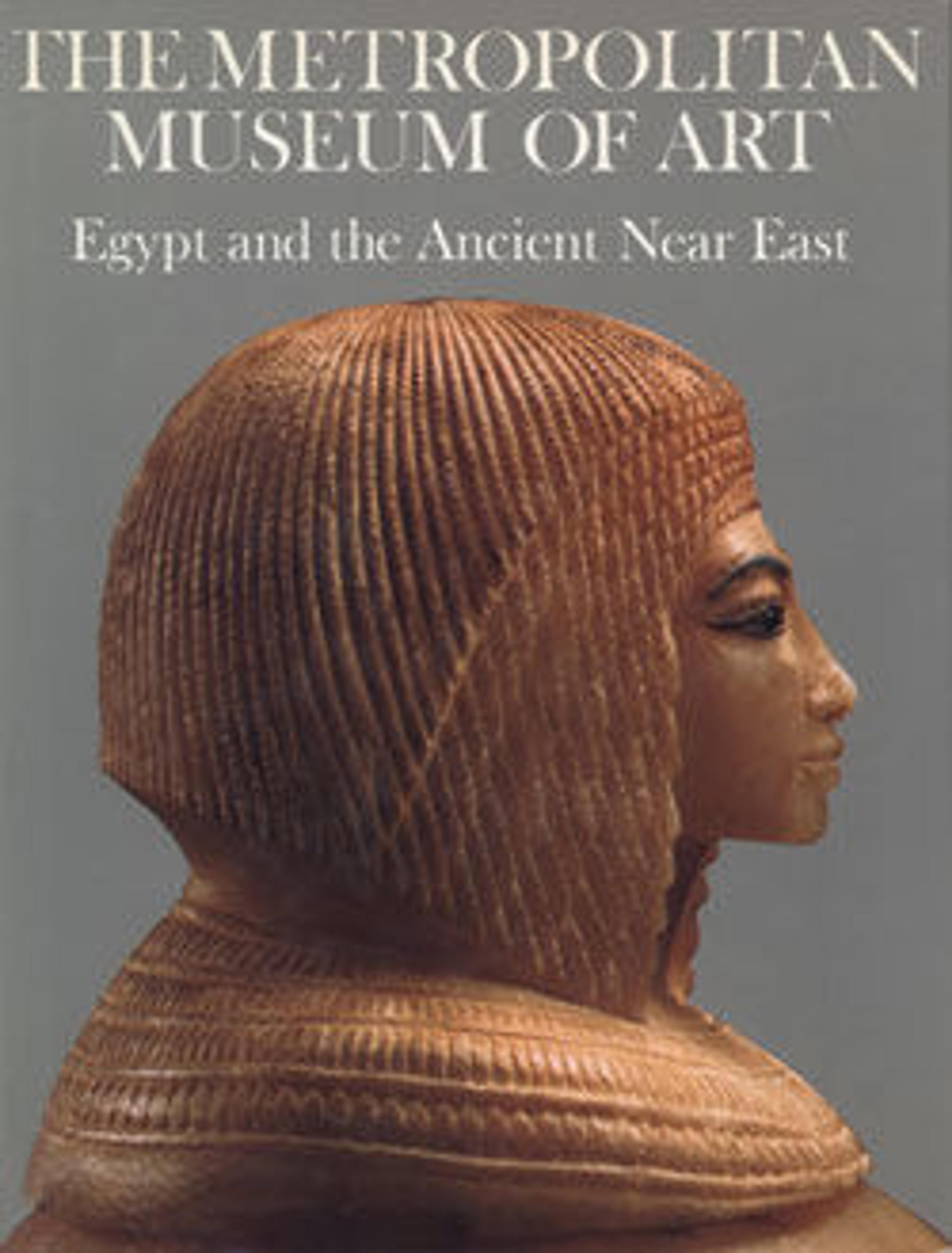Head of a man
This fine male portrait head is thought to date from the middle of the first millennium A.D. and may have been part of a larger royal sculpture. The figure is wearing a stylized laurel wreath, a symbol of high rank. The use of the wreath to denote status reflects the influence of the Graeco-Roman world and appears in more realistic form on the coins of the kingdom of Himyar from the first centuries B.C. and A.D. A long mustache drapes along each side of the mouth, the chin is bearded, and a single ringlet is carefully carved on the surface of the left cheek. This last detail is undoubtedly significant since it is, to this day, characteristic of the hairstyle of Yemeni Jews. In the fourth century A.D. many of the kings of Himyar were converted to Judaism, so this feature may eventually aid in the identification of the figure. Carved from translucent alabaster with beautifully polished surfaces, this portrait is a notable example of the art of ancient Arabia.
Artwork Details
- Title: Head of a man
- Date: ca. 3rd–4th century CE
- Geography: Southwestern Arabia
- Medium: Alabaster (calcite)
- Dimensions: 9 7/16 × 5 7/8 × 4 7/8 in. (24 × 15 × 12.4 cm)
- Credit Line: Purchase, Mr. and Mrs. Nathaniel Spear Jr. Gift, 1982
- Object Number: 1982.317.1
- Curatorial Department: Ancient West Asian Art
Audio
7050. Head of a man
0:00
0:00
We're sorry, the transcript for this audio track is not available at this time. Please email info@metmuseum.org to request a transcript for this track.
More Artwork
Research Resources
The Met provides unparalleled resources for research and welcomes an international community of students and scholars. The Met's Open Access API is where creators and researchers can connect to the The Met collection. Open Access data and public domain images are available for unrestricted commercial and noncommercial use without permission or fee.
To request images under copyright and other restrictions, please use this Image Request form.
Feedback
We continue to research and examine historical and cultural context for objects in The Met collection. If you have comments or questions about this object record, please contact us using the form below. The Museum looks forward to receiving your comments.
